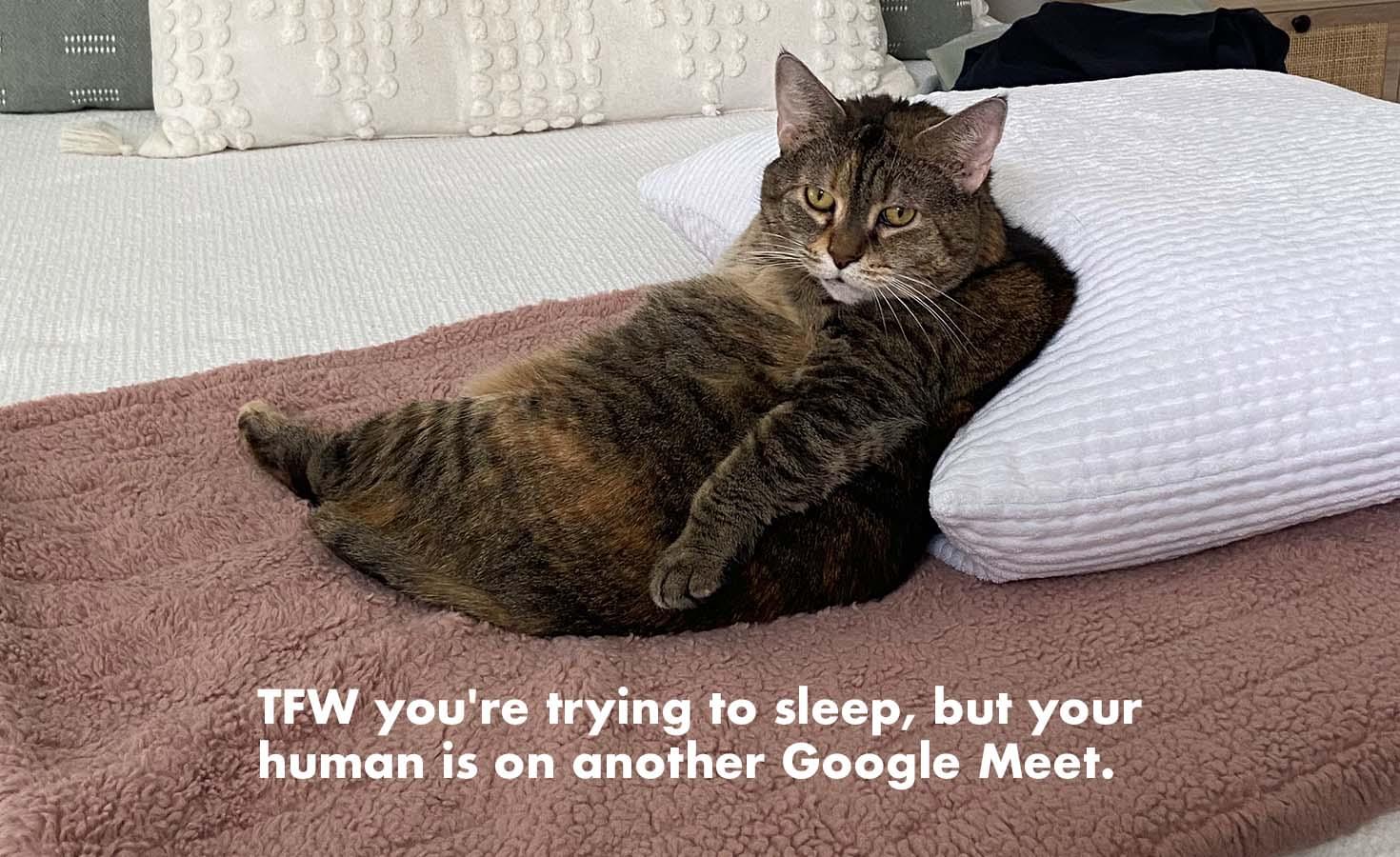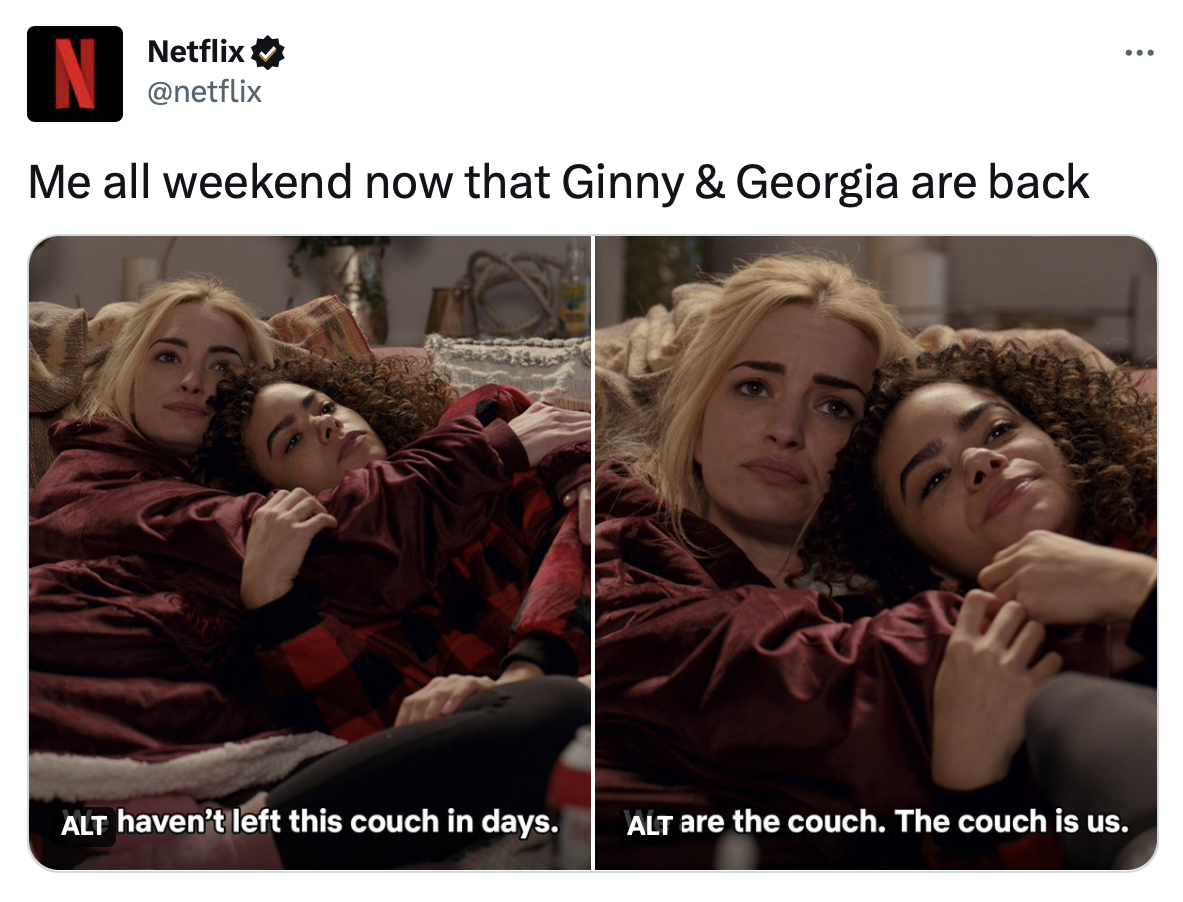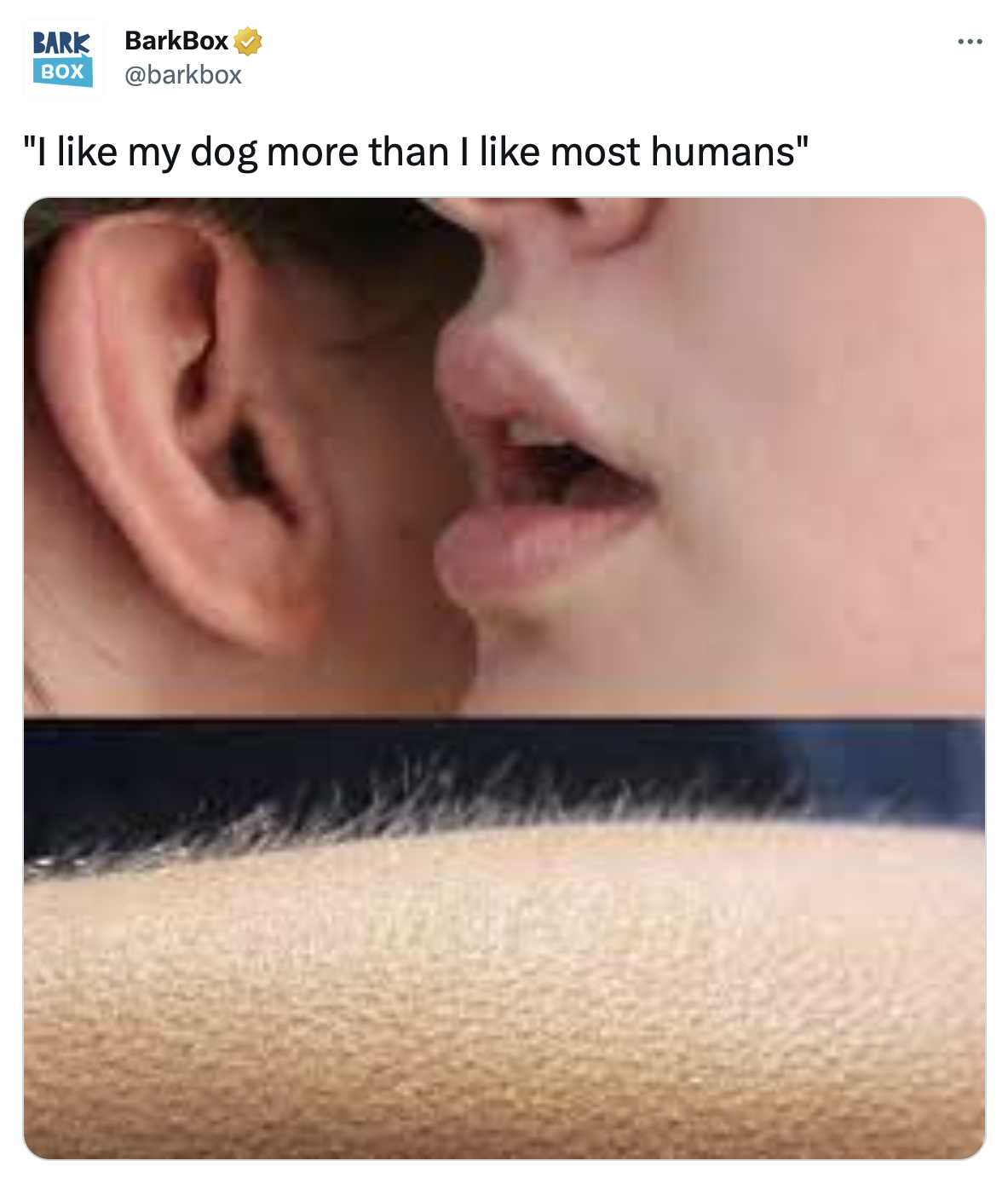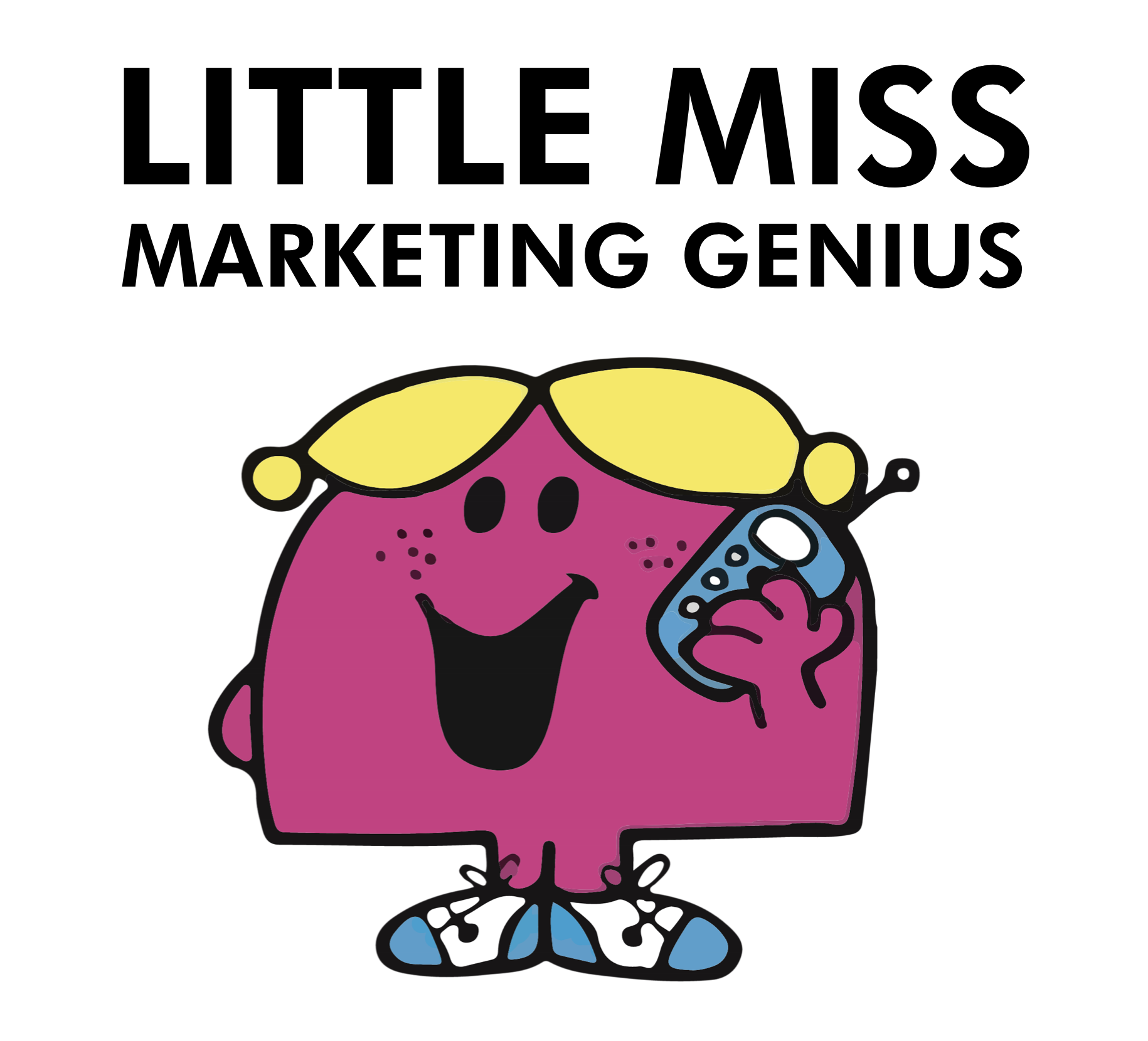
How it started
Although memes date back to the 1970s, they didn’t really take off until the late ‘90s and early 2000s with the evergrowing rise of the internet. From gifs of Baby Cha-Cha being attached to endless email threads to “Numa Numa” stuck on repeat in your head — memes became a mainstay of conversation.
As the years went on, even more memes were curated. Bad Luck Brian, Overly Attached Girlfriend, and Doge took the internet by storm. The virality of these images and videos seeped its way into our daily lives — becoming a form of everyday communication between Millennials and Zoomers alike. And now, memes even appear in our daily promotions.
Today, we know this trend as meme marketing. It’s a fun way to enhance content and tell the narrative of a brand in a quick, low-cost way.
Everyday successes
Each brand has their own way of creating memes. Some, like Netflix, pull from their own source material. Using frames from the movies and shows they create, Netflix makes relatable tweets that also work as a push to get audiences intrigued in the media itself.

Others follow a more traditional meme format. They find the latest still frame craze, think of a witty but brand-focused tagline, and send it out into the wild in hopes it gains traction.
BarkBox uses memes on the regular to reach their audience. Whether it’s through the Kombucha Girl format or The Office’s “It’s the same picture” layout, they’ve used them all. And, each meme garnered thousands of views they may not have seen without the funny copy and matching viral photo.

The same is true for most marketing memes — at least the ones that are well done.
Opportunities and obstacles
Memes may seem quick and simple, which is part of the draw, however there’s a lot to know before jumping into the deep end.
Let’s start with the benefits of using meme-ified social content. Memes do the legwork. Creating memes isn’t lazy, but it is easy — especially with all the online tools available. Which also means they have a shorter production process, so you can turn out content quicker.
Keep in mind that this “low production” option still needs the same quality control and editing process as any other post. The vetting process should consist of a diverse and informed editing team. It’s crucial to know the history of the source material — and how messaging impacts different audiences.
Then, there’s brand awareness. Since memes aren’t targeted at an audience, it has the potential to reach an entirely new population. And, if the post resonates well enough, it could possibly even achieve virality. Turning brands from just companies to household names.
On top of it all, memes create human connection. There are real people behind these phone and laptop screens sharing posts through direct messages. Making people laugh, smile, or start a conversation creates a positive association with the brand. Plus, producing content that feels relatable humanizes the brand.
But with every pro comes a con. Timing is crucial for creating a successful post. Memes, like any trend, have expiration dates — so you have to move fast. Your social media managers need to keep an eye out for new trends. Constantly. And, they need to try to be one of the firsts to jump on the craze or it could all fall flat.
It’s also important to note that the more niche the meme reference is, the narrower the target audience. Successful meme marketing means knowing who you want to reach. Don’t flood senior citizens’ feeds with recent pop culture fads. And don’t direct outdated references at Zoomers.
Finally, memes don’t guarantee success. There is no way to test meme posts or assure that they will reach wide audiences. It’s a risk to post these quirky images. But, even without promised recognition, it’s a fun and simple risk to take.
Let’s make memes
Successful meme marketing is a balancing act. So, here are some key pointers:
- Consume. Consume. Consume. Meme potential relies on knowledge of current crazes. Learn to anticipate the trends and constantly research the evolving social realm.
- As mentioned before, timeliness is everything. Once the moment passes, it’s gone forever. And, nothing is worse than regret. So, find a trend — be quick — create the content, and let the algorithm do the rest.
- Always put business first. Memes are fun, but they’re short-lived. So, use the established brand tone to choose the right trends to try and which ones will be most successful in the industry.
- Don’t forget about the target audience. While memes can potentially reach a broader scope than other content, don’t neglect current customers. Try to create a meme that matches their values. Analyze the qualities that are personalized for each audience and let that determine which memes are fitting.
- Have fun. The whole point of memes is to create a sense of happiness. Let loose and take a risk.

If you still need help making those viral memes, MKR would love to help you become “Little Miss Marketing Genius.”
Sources:
1 Netflix Brand Twitter. 2023. Ginny & Georgia Couch Meme. Twitter.com/netflix. February 08, 2023.
2 BarkBox Brand Twitter. 2023. Whisper and Goosebumps Meme. Twitter.com/barkbox. February 08, 2023
3 MKR Agency. 2023. Roger Hargreaves’ Little Miss Meme. Kapwing.com. February 06, 2023.

